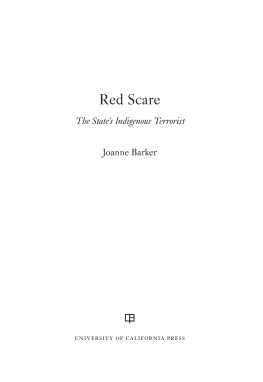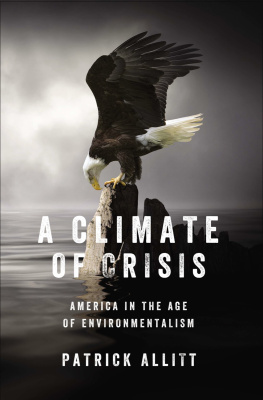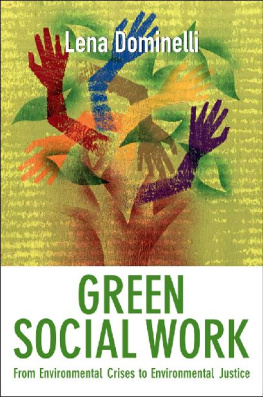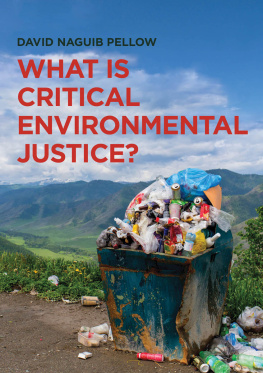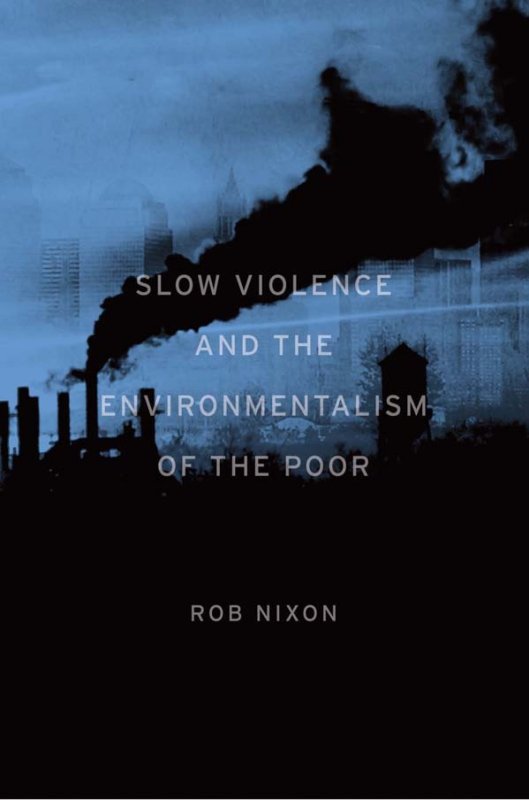
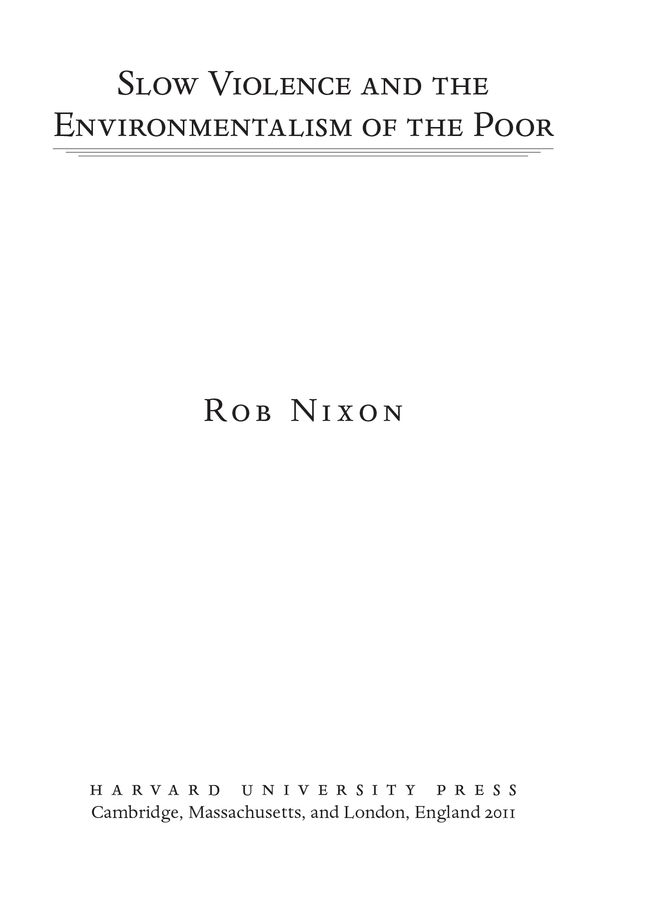
Table of Contents
FOR ANNE
Preface
In writing this book, I have returned repeatedly for inspiration to three towering figures. Edward Said, Rachel Carson, and Ramachandra Guha are a diverse and unlikely triumvirate, by training a professor of literature, a science writer, and a sociologist respectively. Yet all three exemplify an ideal of the public intellectual as someone unafraid to open up channels of inquiry at an angle to mainstream thought; unafraid moreover to face down the hostility that their unorthodoxy often prompted. In ranging from archive-driven scholarship to the public essay to op-ed polemics, Said, Carson, and Guha all have demonstrated a communicative passion responsive to diverse audiences, indeed a passion that has helped shape such audiences by refusing to adhere to conventional disciplinary or professional expectations.
The beauty of the teaching life is this: the possibility of setting a life on course with nothing more complex than the right reverberation struck at the right time. Said had that kind of impact on me in the mid-1980s when I was a graduate student at Columbia. There I had found myself confronted with two unappetizing options: to follow either the fusty old formalists, with their patched-tweed Ivy League belle-lettrism, or the hipper new formalists, whose lemming run toward the palisades of deconstruction was then in full spate. To a young man, an unsettled greenhorn in America with a twinned passion for literature and world politics, Said offered a third way, encouraging me to reconcile those passions and find a voice in which both could be articulated. I felt emboldened by Said s determined search for a styleor rather, a whole repertoire of stylesequal to his wide-ranging commitments. He thrived on intellectual complexity while aspiring to clarity; he taught and wrote as ifand I know this should sound unremarkable for a literature professorhe yearned to be widely understood. His approach felt fervent, luminous when measured against the alternatives: close readings sealed against the world or deconstructionist seminars in which the stakes were as obscure as the language, as we poked at dead-on-delivery prose in the hopes of rousing enough life from it for our exertions to qualify as play. Said, by contrast, was alive to the high-stake worlds of persuasion and coercion, alive to political doublespeak and to the worldly costs of verbal camouflage. As a reader, he believed in contexthistorical, political, and biographical contextall of which was material to him.
Saids vocal flexibility amplified his intellectual reach: across disciplines, continents, and all forms of the media. He scorned the cult of difficulty, the notion that leaden writing signals weighty intelligence. He understood that it is far more difficult to theorize with the cunning of lightness than it is to fob off some seething mess of day-old neologisms as an intervention. His devotion to style became integral to his political idealism and inseparable from his belief in an insurrectionary outwardness.
As an environmentalist one must ask: what place for earthliness in Said s worldliness? In 2003, a month before his death, Said concluded an essay for Counterpunch with a yearning for a future informed by alternative communities all across the world, informed by alternative information, and keenly aware of the environmental, human rights, and libertarian impulses that bind us together in this tiny planet. Despite this late acknowledgment, one would be hard-pressed to call him, in any conventional sense, environmentally minded. However, it is quite possible, indeed probable, that as the energies of the transnational environmental justice movements I discuss in this book permeated the humanities more deeply, Said would have recognized their pertinence to his own work on bulldozed olive groves, land rights, and water politics, issues that come alive, most graphically, in After the Last Sky.
If Said was dismissive of what he called the petty fiefdoms within the world of intellectual production, such impatience is equally evident in the writings of Rachel Carson, an even more maverick figure. Carson believed that the mission of the public intellectual included exposing the euphemisms and bromides promulgated by cold-war Americas military-industrial complex. As she famously insisted, herbicides and insecticides should be unmasked as biocides: those supposedly precise weapons in the war on pests targeted nothing more precise than life itself. Almost two decades before neoliberalism implemented breakneck deregulations, Carson forewarned that, if left unchecked, capitalisms appetite for the unregulated, specialist consumer product would leave behind a trail of nonspecialist fatalities.
Carson redirected some of the national anxiety away from the Red Peril to the aerosol can of Doom perched on the kitchen shelf. By revealing how small, domestic choices can help secure a more inhabitable world, Silent Spring altered the landscape of fear and, crucially, fears time frame as well. The book, which appeared just weeks before the Cuban Missile Crisis, exhorted an America awash with paranoia to take charge of its fears by changing the way it lived in the short term to reduce long-term catastrophic risk. Carsons extended view of risks time frame encouraged citizens to campaign for more stringent environmental legislation, in America and nations beyond. In so doing, Carson gave us pointers on how to hope and act across domains large and small.
Like Said, Carson voiced a profound suspicion of the certified expert whom she saw as implicated in the economics of professional capitulation in ways that jeopardized societys capacity to sustain uncompromised research. Carson had almost nothing to say directly about empire, class, and race, yet her work speaks powerfully to the environmentalism of the poor because she was passionately concerned with the complicity of the military-industrial complex in disguising toxicity, both physically and rhetorically. Her approach, moreover, helped hasten the shift from a conservationist ideology to the more socioenvironmental outlook that has proven so enabling for environmental justice movements. Above all, Carson was a renegade synthesizer: her gestures toward the big picture challenged institutionalized definitions of what constituted originality. In exposing the dubious funding of partitioned knowledgeand its baleful public health implicationsshe recast herself as an insurrectionary generalist.
It is a measure of how tentative the rapprochement between postcolonial and environmental studies is that Said never mentions Carson in his work. (It is a measure too, one should add, of Saids persistent, baleful indifference to any ascendant female voice.) Yet Carson in crucial ways anticipated Saids skepticism toward compartmentalized expertise, toward the polluted funding structures of research, and toward obfuscatory language. She too mistrusted academic endeavor that, cushioned by corporate funding, feigned objectivity; she also mistrusted scholars interested in talking, undisturbed by inexpert audiences, always only to themselves. For Carson the cultureand cultof the specialist was, as Said would later recognize, intellectually debilitating and ethically lamentable, entrammelled as it was in cold-war geopolitics.
Ramachandra Guha is the third unclassifiable figure from whom I have drawn particular inspiration. A sociologist by training, an environmental historian by instinct, a journalist, opinion maker, and sports writer, Guha is a man who, in his own judgment, decided to be methodologically promiscuous. Guha underscored the need to keep environmentalism connected to global questions of distributive justice, connected as well to the unequal burdens of consumption and militarization imposed on our finite planet by the worlds rich and poor, in their capacity as individuals and as nation-states. While unearthing tenacious traditions of environmental thought and activism among the poor, Guha has resisted sentimentalizing traditional cultures as peopled by natural ecologists.
Next page

